What Causes a Steering Rack to Fail?
Steering feeling off or making strange noises? A failing steering rack could be the culprit. Knowing what causes these issues is the first step in fixing them and keeping your car safe.
A steering rack can fail due to several common reasons, including normal wear and tear, fluid leaks in hydraulic systems, physical impact from road hazards, and improper maintenance. Each of these can degrade the rack's components, leading to a loss of steering precision and safety.
Understanding these causes helps in diagnosis and prevention. Let's explore the most frequent reasons your steering rack might be failing.
What Are the Main Culprits Behind Steering Rack Failure?
When your steering feels unresponsive, or you hear odd noises, the steering rack often comes to mind. But what specifically leads to its demise? It is often a combination of factors, but some stand out more than others.
The most common reasons a steering rack fails are old age and high mileage, which lead to normal wear and tear of internal components like gears, seals, and bushings. Other significant factors include power steering fluid issues (leaks or contamination), impacts from potholes or curb strikes, and rust due to environmental exposure.
Detailed Breakdown of Failure Causes
| Cause | Description | Impact on Steering Rack | Prevention/Mitigation |
|---|---|---|---|
| Wear and Tear | Gears, seals, and bushings naturally degrade over time from constant friction and movement. | Leads to play in the steering wheel, looseness, and reduced steering precision. | Regular inspections, replacing worn components early. |
| Fluid Leaks (Hydraulic) | Seals in hydraulic power steering racks can crack or harden, causing fluid to leak out. | Loss of power assist, making steering stiff and difficult; can lead to pump failure. | Check fluid levels regularly, address leaks immediately. |
| Contaminated Fluid (Hydraulic) | Dirt, debris, or metal shavings in the power steering fluid can damage internal components. | Causes accelerated wear on gears and seals, leading to premature failure. | Flush and replace power steering fluid at recommended intervals. |
| Physical Impact | Hitting potholes, curbs, or other road debris can bend or crack the rack and pinion housing. | Immediate damage to the rack structure, potentially causing steering misalignment or sudden failure. | Drive carefully, avoid large road hazards; perform alignment checks after significant impacts. |
| Corrosion/Rust | Exposure to water, road salt, and harsh chemicals can cause metal components to rust. | Weakens the rack's housing and internal parts, leading to cracks or failure over time. | Regular cleaning, especially in winter; protective coatings if available. |
| Lack of Lubrication | If grease or power steering fluid is insufficient, friction increases, causing excessive heat and wear. | Accelerated wear of gears and bearings, leading to grinding noises and component breakdown. | Ensure proper fluid levels and lubrication during maintenance. |
| Manufacturing Defects | Though rare, inherent flaws in materials or assembly can lead to early failure. | Unpredictable failure even in new or relatively new parts. | Purchase parts from reputable manufacturers with warranties. |
When I first started in the mold factory, I saw how precision engineering prevented wear in our machinery. The same idea applies to steering racks. Any small defect or poor maintenance can cause big issues down the line, just like a tiny imperfection in a mold can ruin a whole batch of parts.
How Do These Failures Manifest in Your Driving Experience?
Knowing the causes is one thing, but how do you know if your steering rack is actually failing? The symptoms often start subtle and get worse over time, impacting your safety and driving comfort.
A failing steering rack typically shows symptoms like loose steering (excessive play in the wheel), difficulty turning, strange noises (clunking, groaning, or whining), power steering fluid[^1] leaks, and uneven tire wear. These signs indicate a problem with the rack's ability to precisely control your wheels.
Recognizable Symptoms of a Failing Steering Rack
- Loose Steering/Excessive Play: If you can turn your steering wheel a significant amount without the wheels responding, it's a strong sign of internal wear in the rack or pinion. This means the gears are no longer meshing tightly.
- Difficulty Turning: You might find it hard to turn the wheel, especially at low speeds or when parking. This is often due to a loss of power assist, possibly from fluid leaks or a failing power steering pump (in hydraulic systems) or an issue with the electric motor (in EPS).
- Strange Noises:
- Clunking/Popping: Often heard when turning or going over bumps, indicating worn internal components, loose tie rods, or damaged bushings.
- Groaning/Whining: A low-pitched sound, usually from a struggling power steering pump or low fluid levels in hydraulic systems.
- Squealing: Can sometimes point to a loose or worn power steering belt.
- Power Steering Fluid Leaks: Puddles under your car, especially near the front, could be a sign of leaky seals in a hydraulic steering rack. Low fluid levels will also make the steering feel heavier.
- Uneven Tire Wear: A failing steering rack can lead to misalignment of the wheels. This causes tires to wear out unevenly on the inner or outer edges, requiring earlier replacement.
- Burning Smell: Overheating power steering fluid[^1], often due to a struggling pump or low levels, can produce a burnt oil smell.
- Vibrations in the Steering Wheel: While often tied to wheel balance or alignment, vibrations could also signal issues within the steering rack, especially if they are more prominent when turning.
Jacky, a product designer, often has to consider the longevity of components in his designs. He would tell you that any part with moving pieces, like a steering rack, will eventually wear out. Knowing these symptoms helps catch the issue early, saving time and money, just like catching a mold design flaw before production begins.
Can You Prevent Steering Rack Failure?
While some causes are unavoidable, many can be prevented or delayed with good habits and regular car care. Taking proactive steps can extend the life of your steering rack significantly.
Preventing steering rack failure[^2] largely involves regular maintenance, such as checking power steering fluid[^1] levels and quality (for hydraulic systems), avoiding harsh impacts from potholes or curbs, and getting immediate attention for any signs of steering issues. Proper wheel alignment also helps reduce undue stress.
Strategies for Extending Steering Rack Life
| Strategy | Description | Benefit |
|---|---|---|
| Regular Fluid Checks | For hydraulic systems, inspect power steering fluid[^1] level and condition every few months. | Ensures proper lubrication and reduces friction, preventing overheating and wear. |
| Fluid Flushes | Follow manufacturer recommendations for power steering fluid[^1] flushes. | Removes contaminants and old fluid, preventing accelerated wear of internal components. |
| Avoid Potholes/Curbs | Drive carefully, especially on rough roads, and avoid hitting large potholes or curbs. | Minimizes sudden, strong impacts that can bend or crack the steering rack housing. |
| Inspect for Leaks | Periodically check for any signs of power steering fluid[^1] leaks under the car. | Early detection of seal failures allows for repairs before major damage occurs. |
| Check Tire Pressure/Alignment | Ensure tires are properly inflated and wheel alignment is correct. | Reduces strain on steering components and prevents uneven wear that can stress the rack. |
| Address Symptoms Quickly | Don't ignore unusual steering noises, stiffness, or looseness. | Early diagnosis and repair can prevent minor issues from becoming costly failures. |
| Use Quality Parts | When replacing components, opt for high-quality OEM or reputable aftermarket parts. | Ensures durability and proper fit, preventing premature failure of new parts. |
My journey from a factory employee to a trading company owner taught me the value of preventive maintenance[^3]. Just as we kept our CNC machines meticulously maintained to prevent costly breakdowns, your car's steering rack benefits from the same approach. A little attention now can save a lot of trouble (and money) later.
Conclusion
Steering rack failure is often caused by common issues like wear, fluid problems, and impacts. Being aware of these causes and their symptoms, along with practicing preventive maintenance[^3], can keep your steering system healthy and your drives safe.
[^1]: Understanding power steering fluid issues can help you maintain your steering system effectively and prevent failures.
[^2]: Identifying the signs of steering rack failure early can save you from costly repairs and ensure your safety on the road.
[^3]: Learning about preventive maintenance can extend the life of your vehicle's components and improve overall performance.

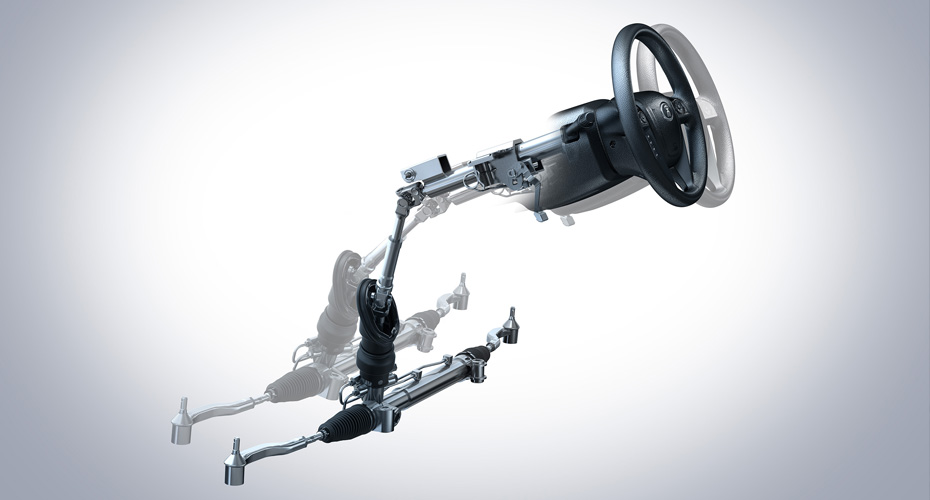
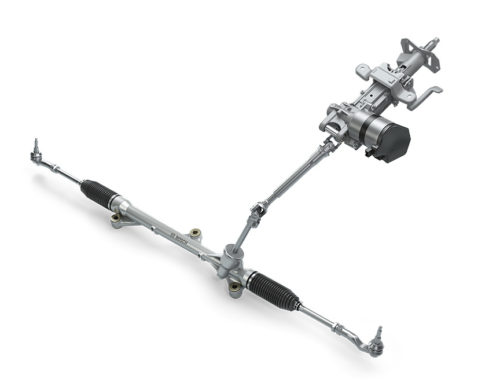
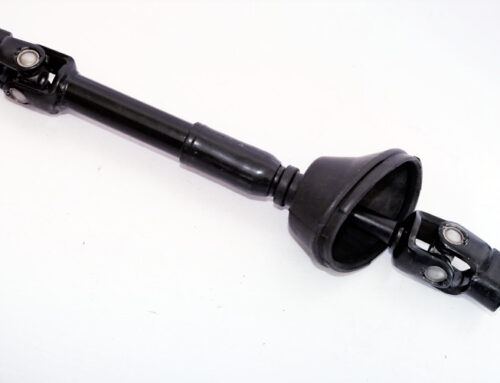
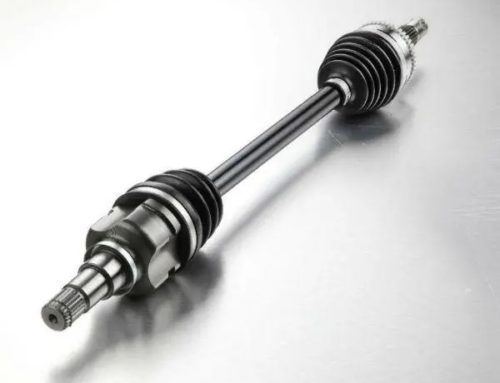
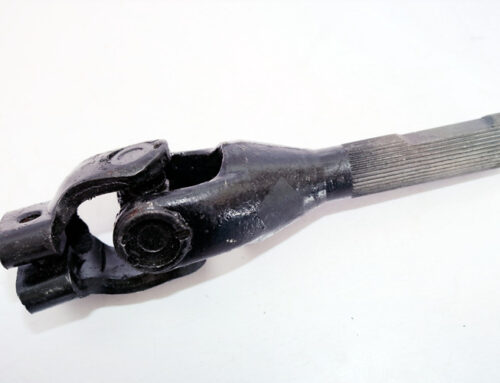
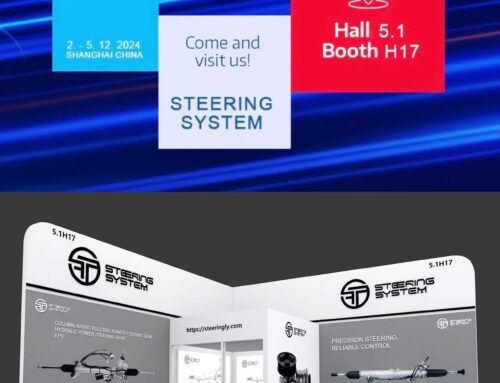
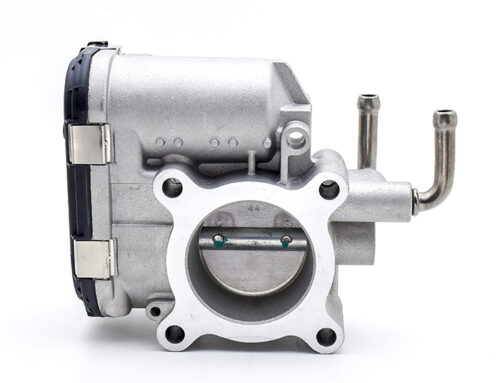
Leave A Comment